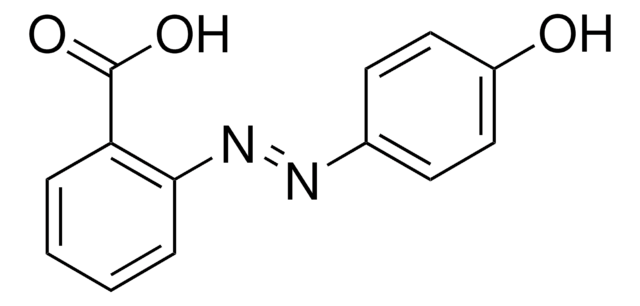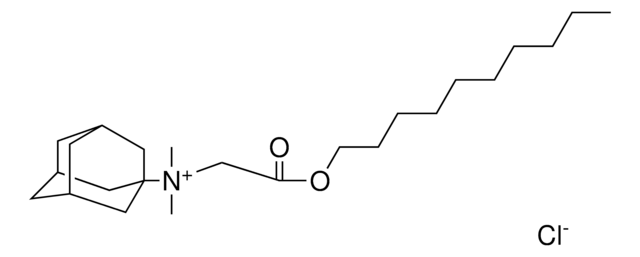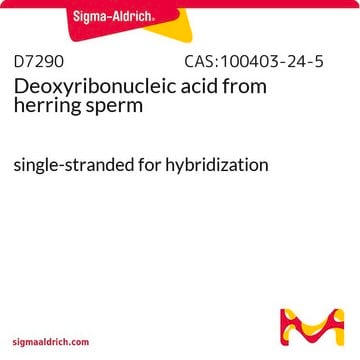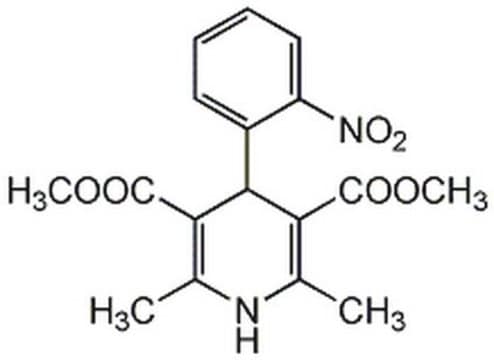SML0190
ML133 hydrochloride
≥95% (HPLC)
Synonim(y):
1-(4-methoxyphenyl)-N-(naphthalen-1-ylmethyl)methanamine hydrochloride, CID 781301 hydrochloride, N-(4-methoxybenzyl)-1-(naphthalen-1-yl)methanamine hydrochloride, SID 85281105 hydrochloride, VU0404943-1 hydrchloride
About This Item
Polecane produkty
Próba
≥95% (HPLC)
Postać
powder
warunki przechowywania
desiccated
kolor
white to tan
rozpuszczalność
DMSO: ≥10 mg/mL
temp. przechowywania
2-8°C
ciąg SMILES
Cl.COc1ccc(CNCc2cccc3ccccc23)cc1
InChI
1S/C19H19NO.ClH/c1-21-18-11-9-15(10-12-18)13-20-14-17-7-4-6-16-5-2-3-8-19(16)17;/h2-12,20H,13-14H2,1H3;1H
Klucz InChI
NGQIBUUFXDPHKT-UHFFFAOYSA-N
Zastosowanie
Działania biochem./fizjol.
Cechy i korzyści
Hasło ostrzegawcze
Danger
Zwroty wskazujące rodzaj zagrożenia
Zwroty wskazujące środki ostrożności
Klasyfikacja zagrożeń
Acute Tox. 4 Oral - Aquatic Acute 1 - Eye Dam. 1 - Skin Irrit. 2 - STOT SE 3
Organy docelowe
Respiratory system
Kod klasy składowania
11 - Combustible Solids
Klasa zagrożenia wodnego (WGK)
WGK 3
Temperatura zapłonu (°F)
Not applicable
Temperatura zapłonu (°C)
Not applicable
Certyfikaty analizy (CoA)
Poszukaj Certyfikaty analizy (CoA), wpisując numer partii/serii produktów. Numery serii i partii można znaleźć na etykiecie produktu po słowach „seria” lub „partia”.
Masz już ten produkt?
Dokumenty związane z niedawno zakupionymi produktami zostały zamieszczone w Bibliotece dokumentów.
Produkty
We offer many products related to potassium channels for your research needs.
Nasz zespół naukowców ma doświadczenie we wszystkich obszarach badań, w tym w naukach przyrodniczych, materiałoznawstwie, syntezie chemicznej, chromatografii, analityce i wielu innych dziedzinach.
Skontaktuj się z zespołem ds. pomocy technicznej











